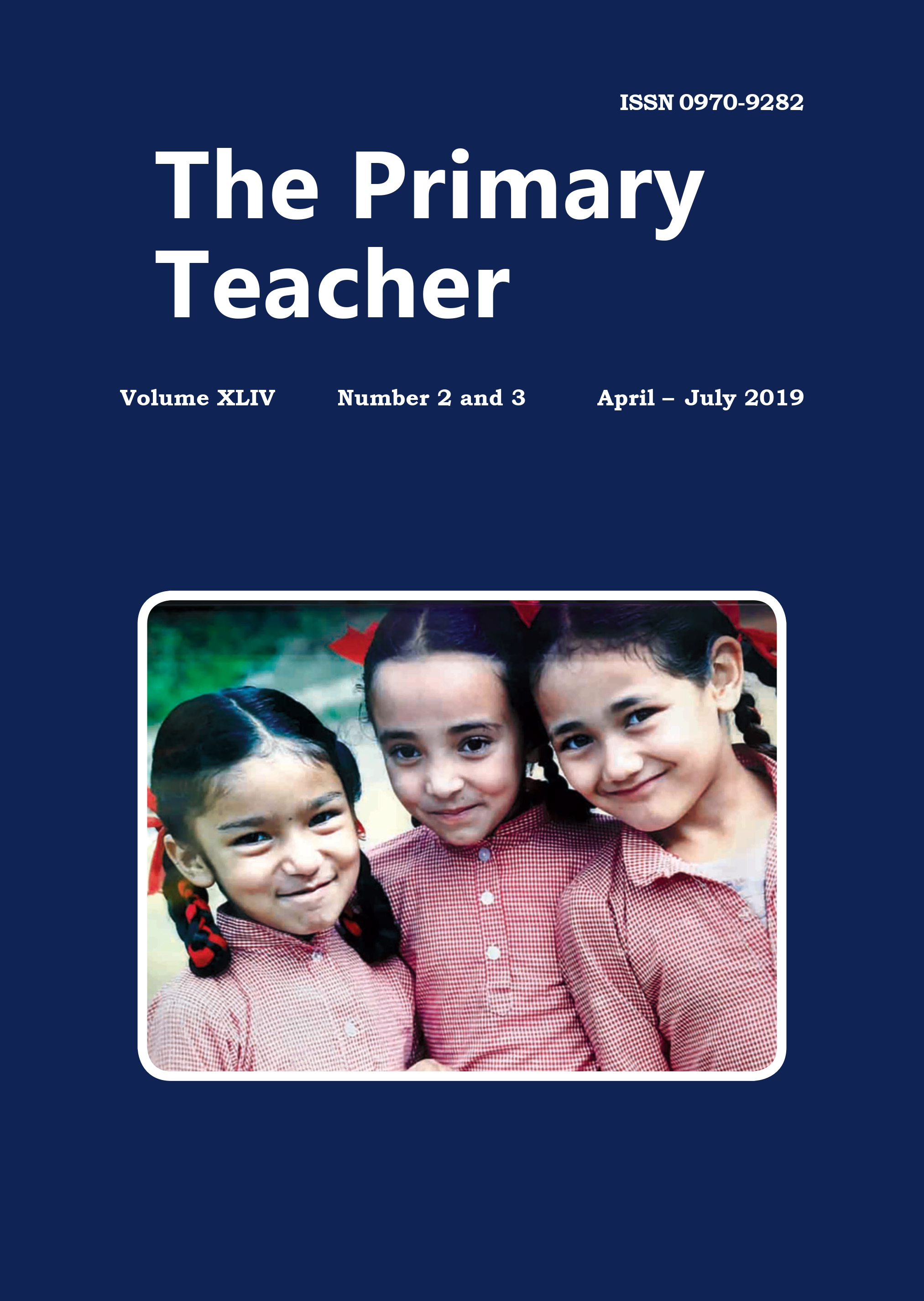
Published 2024-12-06
Keywords
- Bougainvillea,
- Chrysanthemum,
- Jasmine,
- When we go for a walk around the neighbourhood, or visit a garden or park, we are enthralled by the sheer beauty of flowers around us. While most of us love flowers, not many can identify more than a dozen varieties. Further, in these hectic times, not many adults bother to find out, even though the information is just a click away. A curious child may ask an adult the name of a flower, but if the adults (parents and teachers) do not know the names, the child’s vocabulary does not increase. The ‘language experience’ approach which combines the personal appeal of the learner’s interest with carefully sequenced vocabulary development brings together two important features of language learning. To kindle a love for flowers (and by extension, to the environment) among young learners, teachers and elders need to make a little effort. All they need to do is to learn the names of a few flowers especially those that children see in their daily lives—and share them enthusiastically with young learners. Here are the descriptions of some common flowers along with their pictures.When we go for a walk around the neighbourhood, or visit a garden or park, we are enthralled by the sheer beauty of flowers around us. While most of us love flowers, not many can identify more than a dozen varieties. Further, in these hectic times, not many adults bother to find out, even though the information is just a click away. A curious child may ask an adult the name of a flower, but if the adults (parents and teachers) do not know the names, the child’s vocabulary does not increase. The ‘language experience’ approach which combines the personal appeal of the learner’s interest with carefully sequenced vocabulary development brings together two important features of language learning. To kindle a love for flowers (and by extension, to the environment) among young learners, teachers and elders need to make a little effort. All they need to do is to learn the names of a few flowers especially those that children see in their daily lives—and share them enthusiastically with young learners. Here are the descriptions of some common flowers along with their pictures.
How to Cite
Abstract
When we go for a walk around the neighbourhood, or visit a garden or park, we are enthralled by the sheer beauty of flowers around us. While most of us love flowers, not many can identify more than a dozen varieties. Further, in these hectic times, not many adults bother to find out, even though the information is just a click away. A curious child may ask an adult the name of a flower, but if the adults (parents and teachers) do not know the names, the child’s vocabulary does not increase. The ‘language experience’ approach which combines the personal appeal of the learner’s interest with carefully sequenced vocabulary development brings together two important features of language learning. To kindle a love for flowers (and by extension, to the environment) among young learners, teachers and elders need to make a little effort. All they need to do is to learn the names of a few flowers especially those that children see in their daily lives—and share them enthusiastically with young learners. Here are the descriptions of some common flowers along with their pictures.
